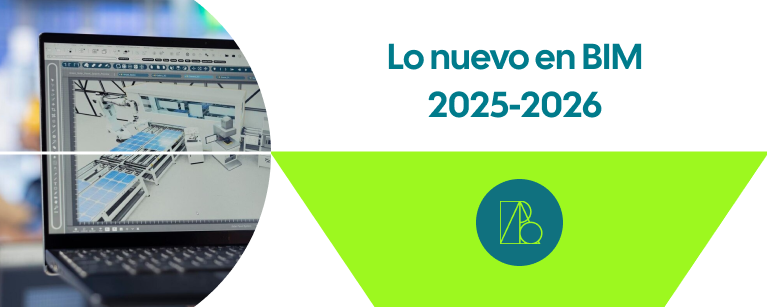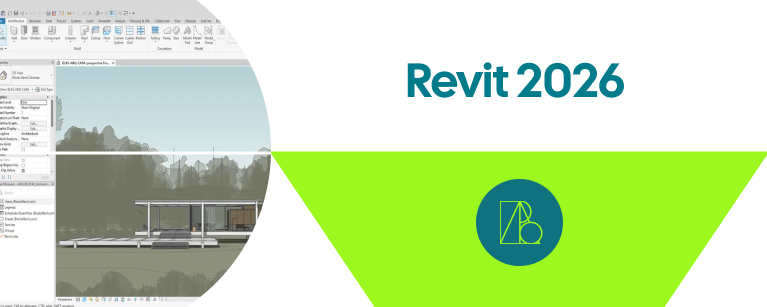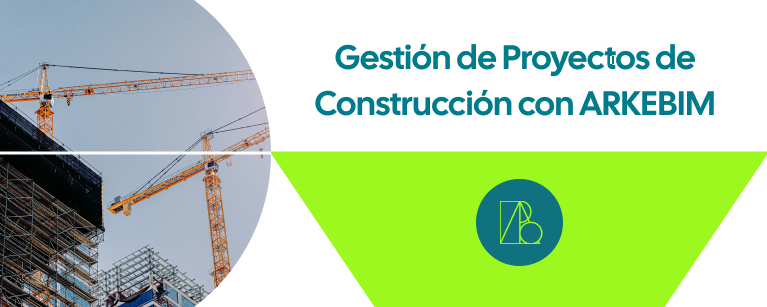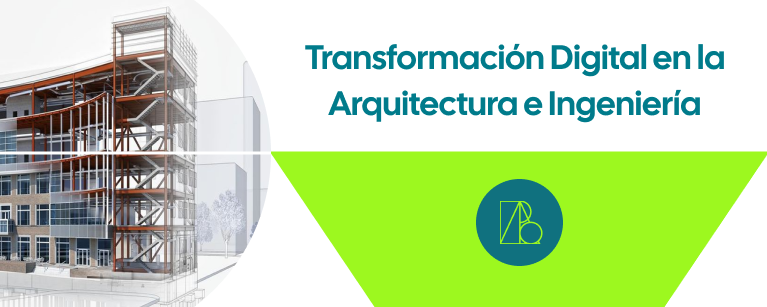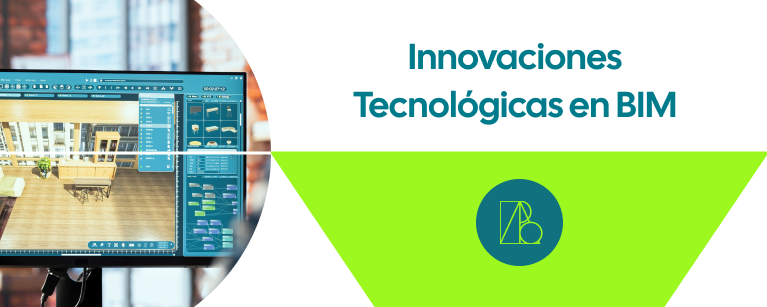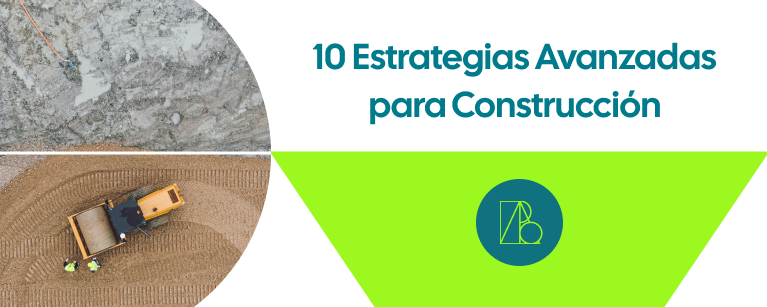What's New in BIM 2025-2026: Key Innovations That Will Transform Your Projects
In an increasingly competitive market, staying ahead of the technological curve is no longer an option: it's a strategic necessity. At ARKEBIM, we understand that constantly updating BIM tools is a critical driver for increasing productivity, improving collaboration, and delivering more efficient and sustainable projects. Based on the latest technology market trend reports in construction and architecture (source: Dodge Data & Analytics, Q1 2025 Report), new BIM software releases and updates for 2025-2026 promise significant changes that will transform the way we design, coordinate, and execute projects. What's New in the BIM World 2025-2026? According to the most recent statistics, keywords such as “BIM software updates 2025,” “Revit 2026 features,” and “best BIM software for architecture” have increased in search volume by 38% since January 2025, with an estimated conversion rate of 8.6% in specialized user traffic (source: SEMrush, February 2025). Some of the most relevant updates include: 1. Extreme Interoperability. New interoperability engines enable smoother workflows between BIM software and project management platforms, CDE (Common Data Environment), and construction ERP systems. The result? A 23% reduction in errors due to incompatibilities and an 18% improvement in coordination time. 2. AI-Based Predictive Models. The use of AI in BIM now not only detects conflicts but also predicts construction, logistical, and financial risks before they occur. Autodesk, Graphisoft, and Bentley Systems have integrated advanced generative AI in their latest versions. 3. BIM Cloud 2.0: Real-time collaboration from anywhere in the world evolves: the new BIM Cloud servers use optimized data compression and intelligent permission-based access, which improves model loading speed by 35%. 4. Real-Time Energy and Environmental Impact Simulation: Tools such as Insight 360 (2026) allow you to simulate a building's energy performance and calculate its carbon footprint while the project is in the design phase. This facilitates alignment with ESG regulations and certifications such as LEED and BREEAM. Why is ARKEBIM your best ally in the face of these innovations? At ARKEBIM, we anticipate technological evolution: Our team is certified in the latest versions of Revit 2025, Archicad 27, and Bentley OpenBuildings 2026. We integrate predictive AI processes into BIM modeling and coordination. We facilitate customized implementations for companies looking to migrate to BIM Cloud work environments. We offer executive training tailored to new regulations and modeling technologies. Our experience not only ensures successful adoption of these advances but also maximizes the return on investment in BIM technologies. In an increasingly competitive market, staying ahead of the technological curve is no longer an option: it's a strategic necessity. At ARKEBIM, we understand that constantly updating BIM tools is a critical driver for increasing productivity, improving collaboration, and delivering more efficient and sustainable projects. Based on the latest technology market trend reports in construction and architecture (source: Dodge Data & Analytics, Q1 2025 Report), new BIM software releases and updates for 2025-2026 promise significant changes that will transform the way we design, coordinate, and execute projects. What's New in the BIM World 2025-2026? According to the most recent statistics, keywords such as “BIM software updates 2025,” “Revit 2026 features,” and “best BIM software for architecture” have increased in search volume by 38% since January 2025, with an estimated conversion rate of 8.6% in specialized user traffic (source: SEMrush, February 2025). Some of the most relevant updates include: 1. Extreme Interoperability. New interoperability engines enable smoother workflows between BIM software and project management platforms, CDE (Common Data Environment), and construction ERP systems. The result? A 23% reduction in errors due to incompatibilities and an 18% improvement in coordination time. 2. AI-Based Predictive Models. The use of AI in BIM now not only detects conflicts but also predicts construction, logistical, and financial risks before they occur. Autodesk, Graphisoft, and Bentley Systems have integrated advanced generative AI in their latest versions. 3. BIM Cloud 2.0: Real-time collaboration from anywhere in the world evolves: the new BIM Cloud servers use optimized data compression and intelligent permission-based access, which improves model loading speed by 35%. 4. Real-Time Energy and Environmental Impact Simulation: Tools such as Insight 360 (2026) allow you to simulate a building's energy performance and calculate its carbon footprint while the project is in the design phase. This facilitates alignment with ESG regulations and certifications such as LEED and BREEAM. Why is ARKEBIM your best ally in the face of these innovations? At ARKEBIM, we anticipate technological evolution: Our team is certified in the latest versions of Revit 2025, Archicad 27, and Bentley OpenBuildings 2026. We integrate predictive AI processes into BIM modeling and coordination. We facilitate customized implementations for companies looking to migrate to BIM Cloud work environments. We offer executive training tailored to new regulations and modeling technologies. Our experience not only ensures successful adoption of these advances but also maximizes the return on investment in BIM technologies.

